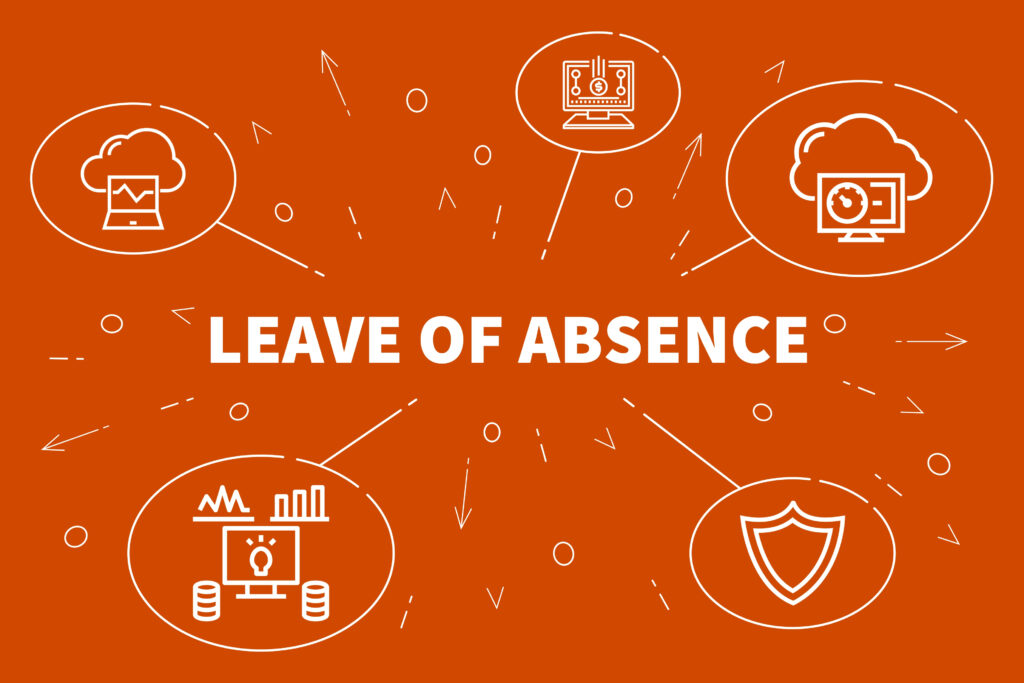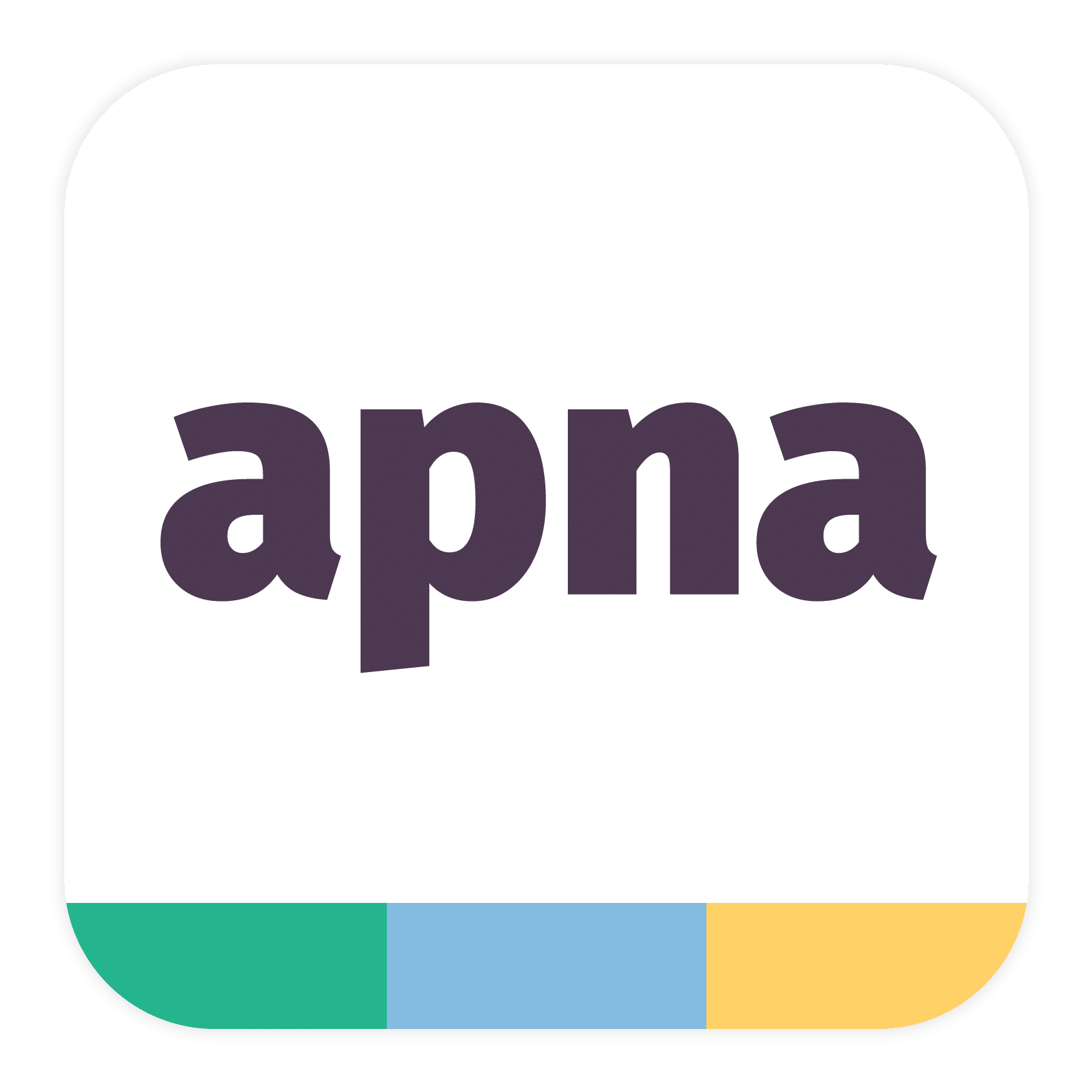
Introduction
A leave application is a formal request from an employee to their employer for time off from work for various reasons, such as personal, sick, or vacation leave. Whether you’re writing a sick leave application, casual leave request, or annual leave application, it’s important to craft a clear and professional message to ensure your absence is understood and managed well.
In this blog, we’ll guide you through writing an effective leave application, provide helpful tips, and share templates for various types of leave requests. Mastering the leave application process will ensure smooth communication between you and your employer while maintaining professionalism.
Key Elements of a Leave Application
A well-written leave application should include these key elements:
1. Date of the Application
Include the date on which you are submitting the application, as this helps keep track of your leave request.
2. Subject Line
For email applications, include a clear subject line, like “Leave Request for [Date(s)],” to help the recipient easily understand your email’s purpose.
3. Reason for Leave
Clearly state your reason for leave. Whether it’s for personal reasons, medical issues, or vacation, being straightforward helps your employer make an informed decision.
4. Duration of Leave
Specify the exact dates of your leave, including the start and end dates. If you’re unsure how long you’ll be absent, you can request an estimated leave period and mention that you will keep them updated.
5. A Polite and Professional Tone
Even if you’re requesting leave for personal reasons, maintain a professional and courteous tone. A respectful attitude goes a long way in ensuring a positive relationship with your employer.
6. Acknowledge Pending Work
If possible, mention how you plan to manage your pending work or if you have already arranged for someone to take over your tasks during your absence.
Tips for Writing an Effective Leave Application
1. Keep It Brief and To the Point
A leave application should be concise and only provide essential information. There’s no need to over-explain your reason for leave unless it’s necessary for understanding your situation.
2. Be Honest and Transparent
Be honest about your reason for requesting leave. While it’s important to respect your privacy, honesty helps your employer understand your needs and manage your absence efficiently.
3. Plan Ahead
Whenever possible, plan your leave in advance. This gives your employer enough time to make arrangements and manage workflow during your absence.
4. Be Clear About Your Absence
Make sure to mention the exact dates of your leave and any other relevant details, such as if you’ll be reachable during your leave or if you need medical certification.
Leave Application Templates
Here are several leave application templates for different situations:
Casual Leave Application
Subject: Casual Leave Request for [Date(s)]
Dear [Manager’s Name],
I am writing to request casual leave for [number of days] starting from [date]. I need this time off due to [brief reason]. I will ensure that all my tasks are up-to-date before my leave.
Thank you for your understanding.
Sincerely,
[Your Name]
[Your Position]
Sick Leave Application
Subject: Sick Leave Request for [Date(s)]
Dear [Manager’s Name],
I am feeling unwell and would like to request sick leave for [number of days] starting from [date]. I will keep you updated on my condition and let you know if I need additional time off.
Thank you for your understanding.
Sincerely,
[Your Name]
[Your Position]
Vacation Leave Application
Subject: Vacation Leave Request for [Date(s)]
Dear [Manager’s Name],
I would like to request vacation leave from [start date] to [end date] to take personal time off. I will make sure that my duties are covered during my absence.
Thank you for considering my request.
Sincerely,
[Your Name]
[Your Position]
Subject: Emergency Leave Request for [Date(s)]
Dear [Manager’s Name],
I need to request emergency leave for [number of days] starting from [date] due to [brief reason]. I will keep you informed and let you know my return date.
Thank you for your understanding.
Sincerely,
[Your Name]
FAQs About Leave Applications
- What are the key components of a leave application?
A leave application should include your name, position, dates of your leave, the reason for your leave, and any necessary supporting documentation (like medical certificates or leave balances). Ensure a professional and polite tone. - How do I write a casual leave application?
A casual leave application is typically shorter and requires a brief reason for your absence (like a personal matter). Be sure to mention the dates you’ll be away and express appreciation for the consideration. - Can I apply for emergency leave?
Yes, an emergency leave application can be used for unexpected situations (like family emergencies) requiring immediate leave. It should state the reason briefly and indicate when you’ll return. - What should I do if I don’t know how long I’ll be absent?
If you’re unsure of your return date, mention that you will keep your employer updated or give an estimated timeframe. Communicate as soon as you know when you can return to work. - Can I apply for leave without specifying the reason?
While you don’t need to provide a detailed reason, it’s helpful to offer a brief explanation for your absence, especially for personal leave. Some employers may prefer a reason, especially for extended leave.
Conclusion
Mastering the art of writing an effective leave application is essential for maintaining professionalism in the workplace. Whether you’re requesting sick leave, casual leave, or vacation time, a well-written application ensures smooth communication and allows your employer to manage your absence efficiently. By being clear, concise, and respectful, you’ll demonstrate your responsibility and maintain a positive relationship with your employer.

